Although there were previous initiatives to explore the western continent, the Lewis and Clark Expedition begins here when Thomas Jeffersonn wrote a letter to James Wilkinson with a request that Meriwether Lewis be the President’s personal secretary in February 1801. Before leaving for Pittsburgh in July 1803, Lewis traveled between Jefferson’s home Monticello, Washington City, Harpers Ferry, and Philadelphia as plans coalesced and preparations ensued.
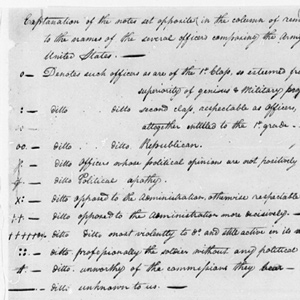

In his capacity as the President’s secretary, Meriwether Lewis prepared a report in which he classified the Army’s officers by military merit and by political affiliation, if known. Both of these factors were considered in identifying candidates for dismissal.
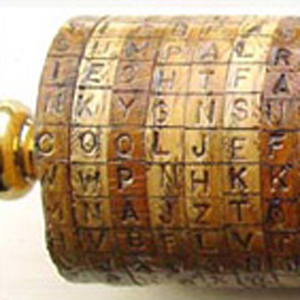

During the planning and preparations for the Western Expedition, Thomas Jefferson practiced selective levels of secrecy.
January 19, 1803
News from Capt. Stoddard
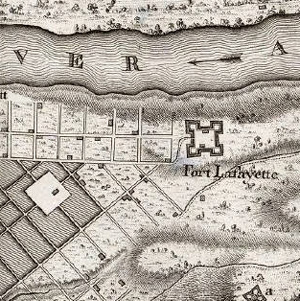

Fort Fayette, PA Capt. Amos Stoddard writes a letter to Col. Henry Burbeck informing the latter that he has arrived at Pittsburgh and is awaiting further orders. Those orders would be connected to what would later become the Lewis and Clark Expedition.
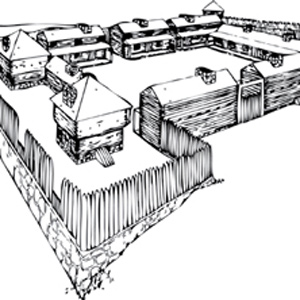

Moving between Philadelphia and Washington City in 1803, Lewis devised a plan for recruiting personnel while traveling to St. Louis. Plan A was to go down the Cumberland River, Plan B, the Ohio.
Early American Flags
by Joseph A. Mussulman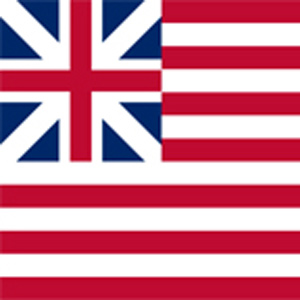

Lewis’s long list of needs for the journey would have been a large supply of American flags, to be flown on their boats, over their camps, and at their council sites. Leading up to the Lewis and Clark expedition, what did the young country’s flags look like?
Lewis’s Estimate of Expenses
by Kristopher K. Townsend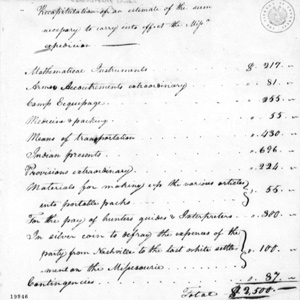

Prior to Jefferson’s annual message to Congress on 15 December 1802, Lewis prepared a roughly itemized estimate of $2500 as the cost of the expedition.
The Louisiana Purchase
by Pierce Mullen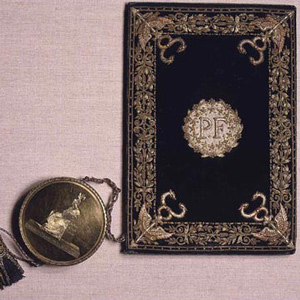

Easter week in Paris, 1803, was truly momentous for the young United States of America. The American Minister to France, Robert R. Livingston was sent to discuss the difficult question of New Orleans, the Mississippi and Franco-American relations.
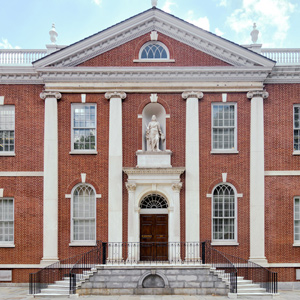

In this brief extract from We Proceeded On, the quarterly journal of the Lewis and Clark Trail Heritage Foundation, Carol MacGregor explains the beginning and purpose of the American Philosophical Society and its connection to the Lewis and Clark Expedition.
The President’s Secretary
by Arlen J. Large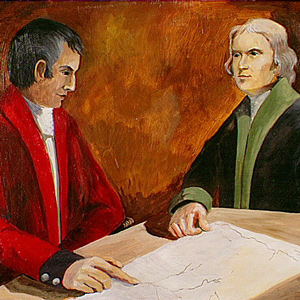

It was 4 March 1801, Inauguration Day for the third president. Nine days previously Jefferson had asked Meriwether Lewis to serve as his private secretary in the raw new mansion called the President’s House.
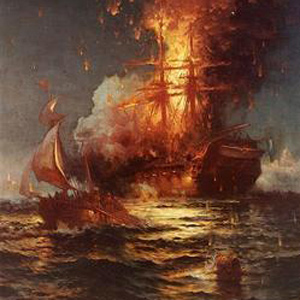

The story of what was known by his detractors as “Jefferson’s War,” opens for us a narrow window on a little known but intriguing episode in Meriwether Lewis’s brief position as the President’s secretary.
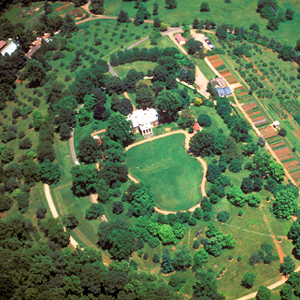

After some eight months of planning and discussion, President Thomas Jefferson handed his twenty-eight-year-old secretary, Captain Meriwether Lewis, a letter containing instructions for the conduct of one of the most significant undertakings in American history.
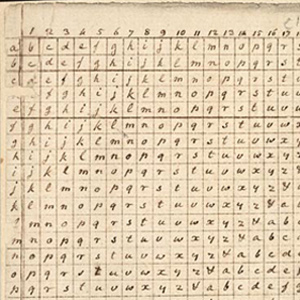

It was Thomas Jefferson who gave cryptography in America its greatest impetus. Sometime in 1803 Jefferson presented Meriwether Lewis with a cipher based on a square table or tableau used to create a substitution cipher.
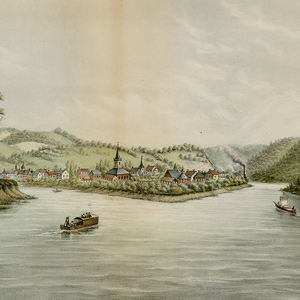

The Corps of Discovery, as it would be called, or the “corps of volunteers for North Western Discovery,” as Lewis put it, epitomized the rising glory of the United States—its sense of limitless possibilities and unparalleled opportunities.
Harpers Ferry by Air
Wedge of history
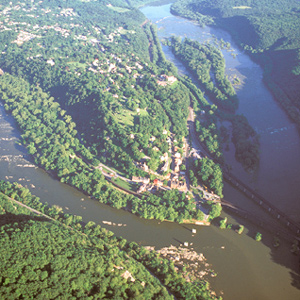

Harpers Ferry’s tiny footprint belies the richness of its roles in American history—in industrialization, in commerce, and especially in the unfolding of the Civil War and the long struggle of African-Americans out of slavery.
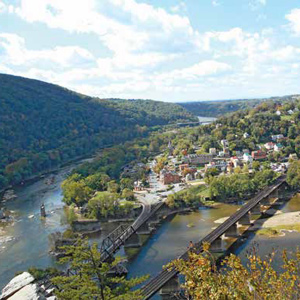

During preparations, Lewis relied on the Harpers Ferry Armory and Arsenal for the guns and hardware that would meet his unique requirements.
January 18, 1803
Western Expedition proposed
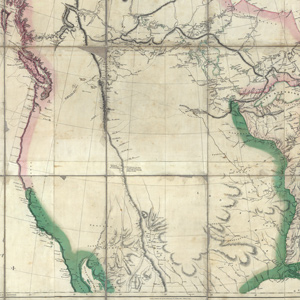

Washington, DC Meriwether Lewis delivers President Thomas Jefferson’s confidential message to the U.S. Congress proposing that they fund an expedition to the Western ocean.
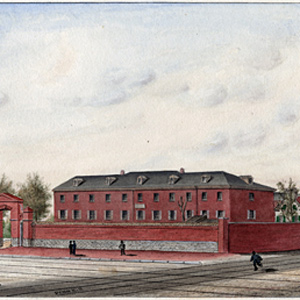

Considering all he had to do to prepare for the expedition, Lewis was fortunate in that he could rely on a small cadre of Army personnel to help him assemble, pack, and ship his supplies.
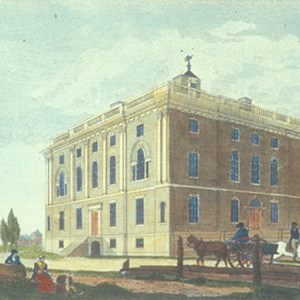

When Meriwether Lewis traveled to Philadelphia in 1802, his guide to the city was Mahlon Dickerson who gave him a survey of people and places well beyond the privilege or opportunity of most Philadelphians of the time.
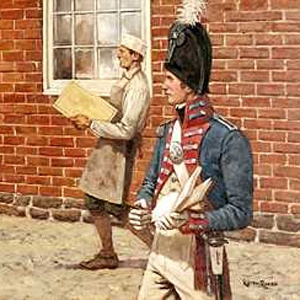

Lewis’s letters reveal a fastidious quartermaster, a meticulous project director, an exceptional logistics manager and a superb bureaucrat who was scrupulously devoted to detail. Lorna Hainesworth unravels the eastern travels of Meriwether Lewis between March and July 1803 using a letter that she uncovered in 2009.
Lewis and the Board of Agriculture
by Arlen J. Large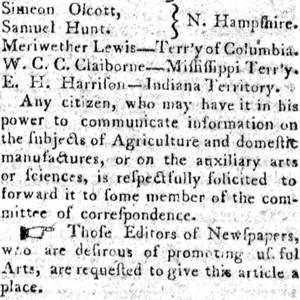

As the President’s private secretary, the 28-year-old Army captain wasn’t in the same league with the political heavy-weights on the new American Board of Agriculture.
